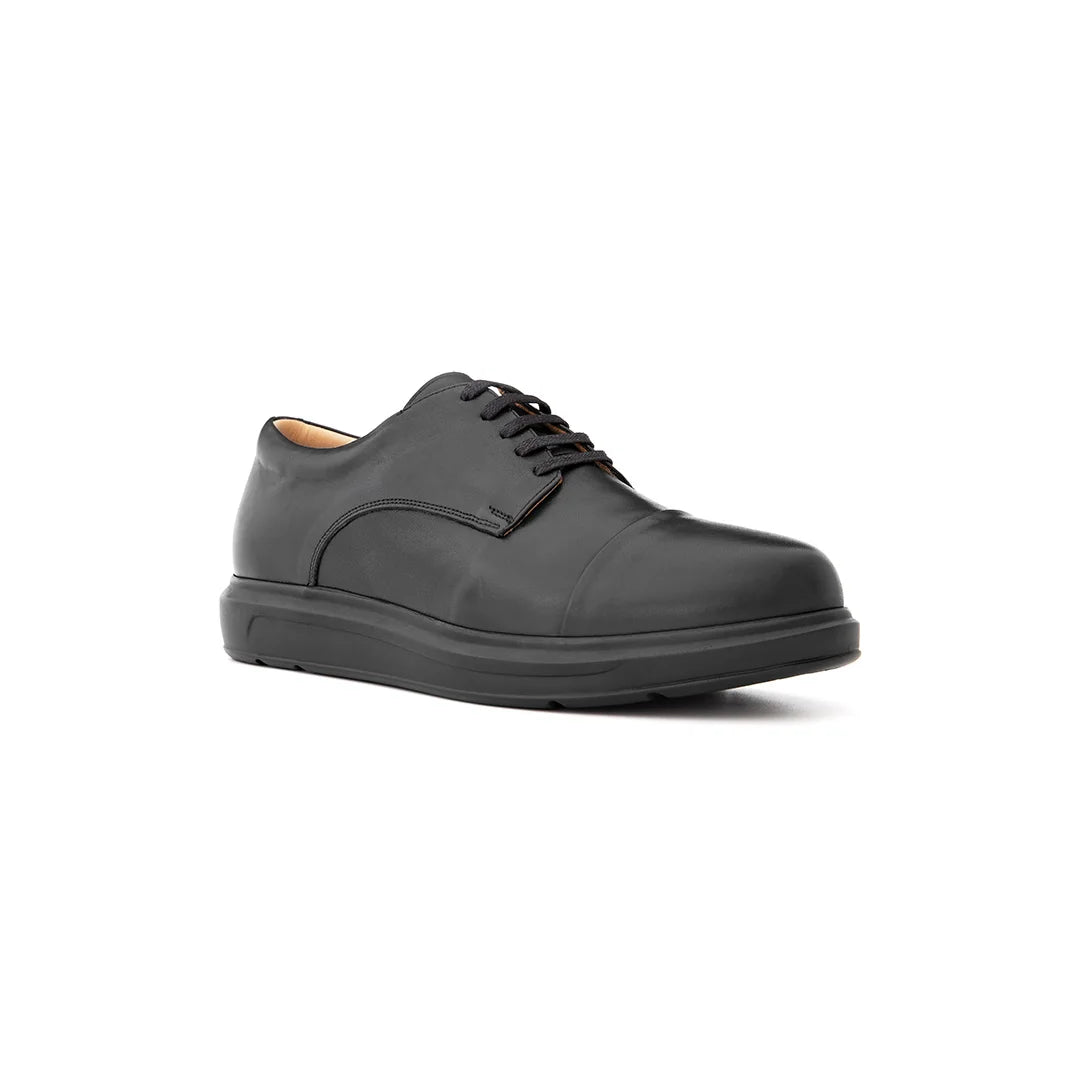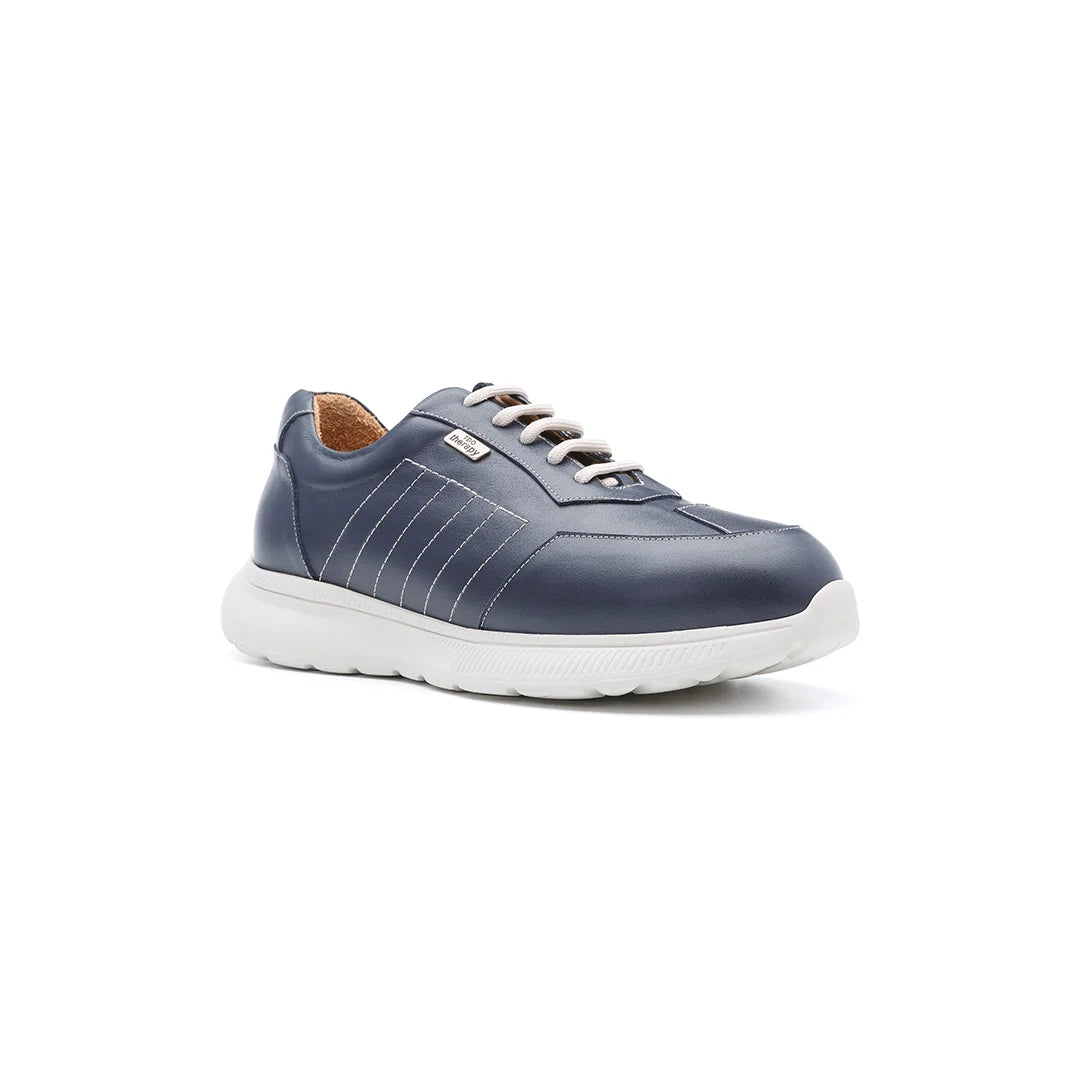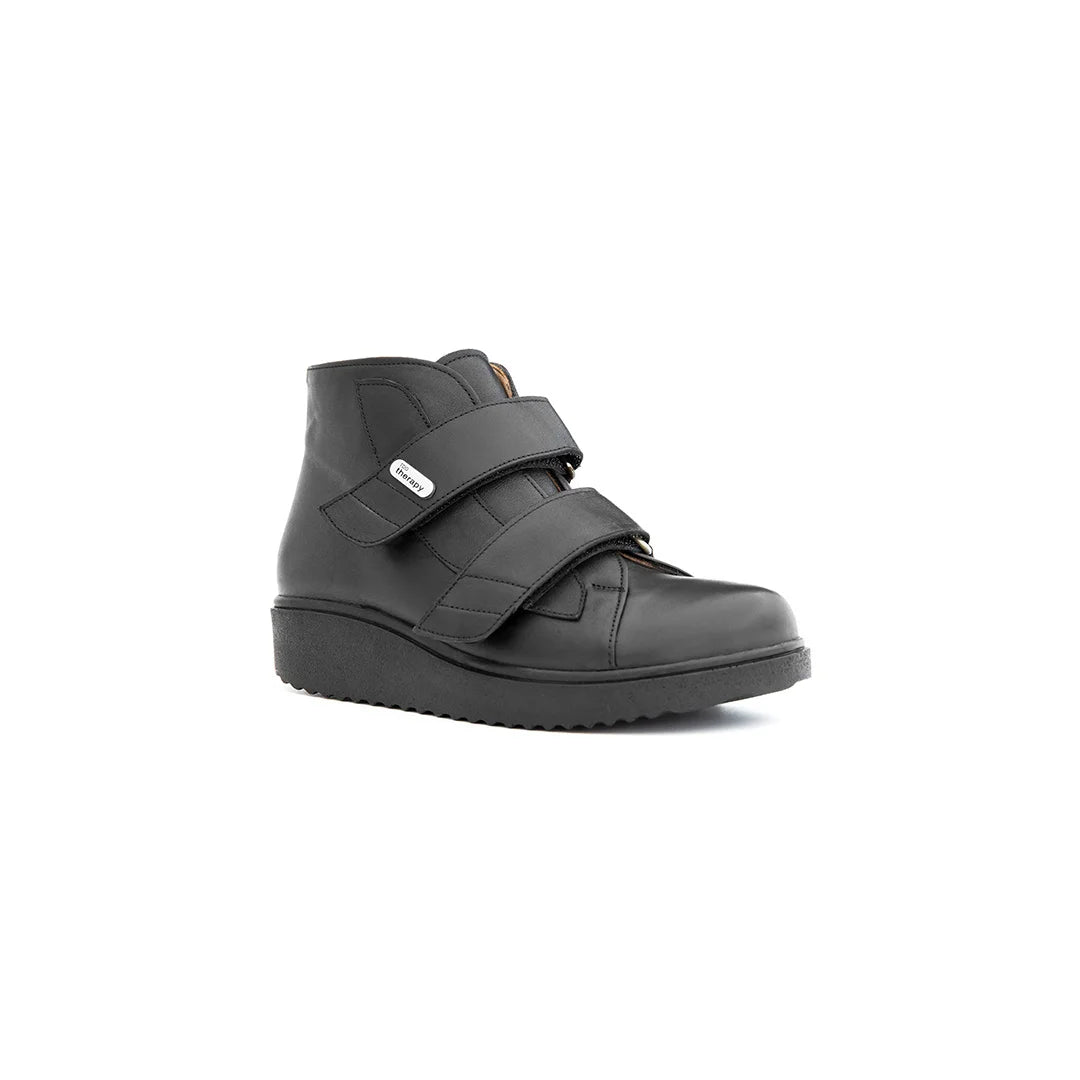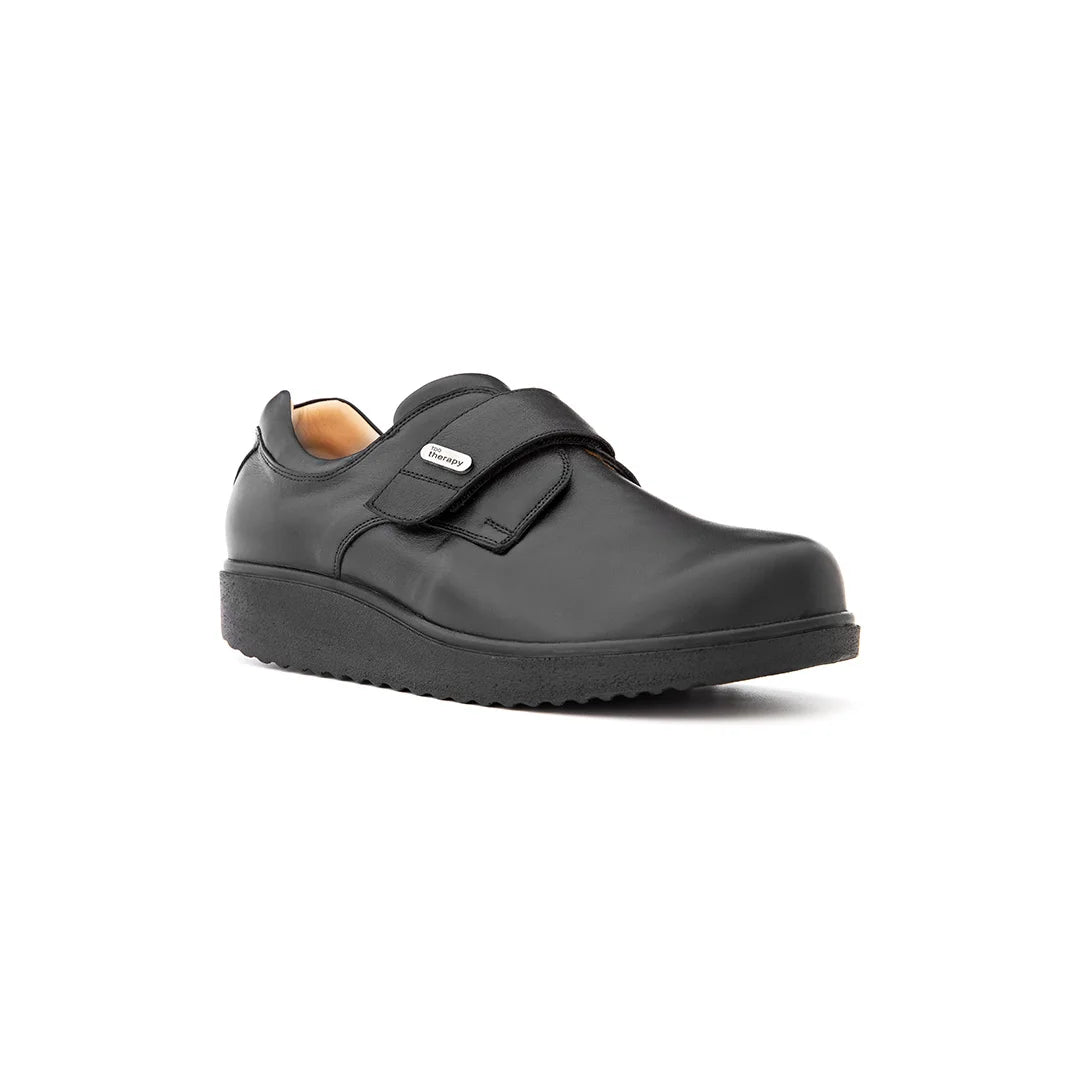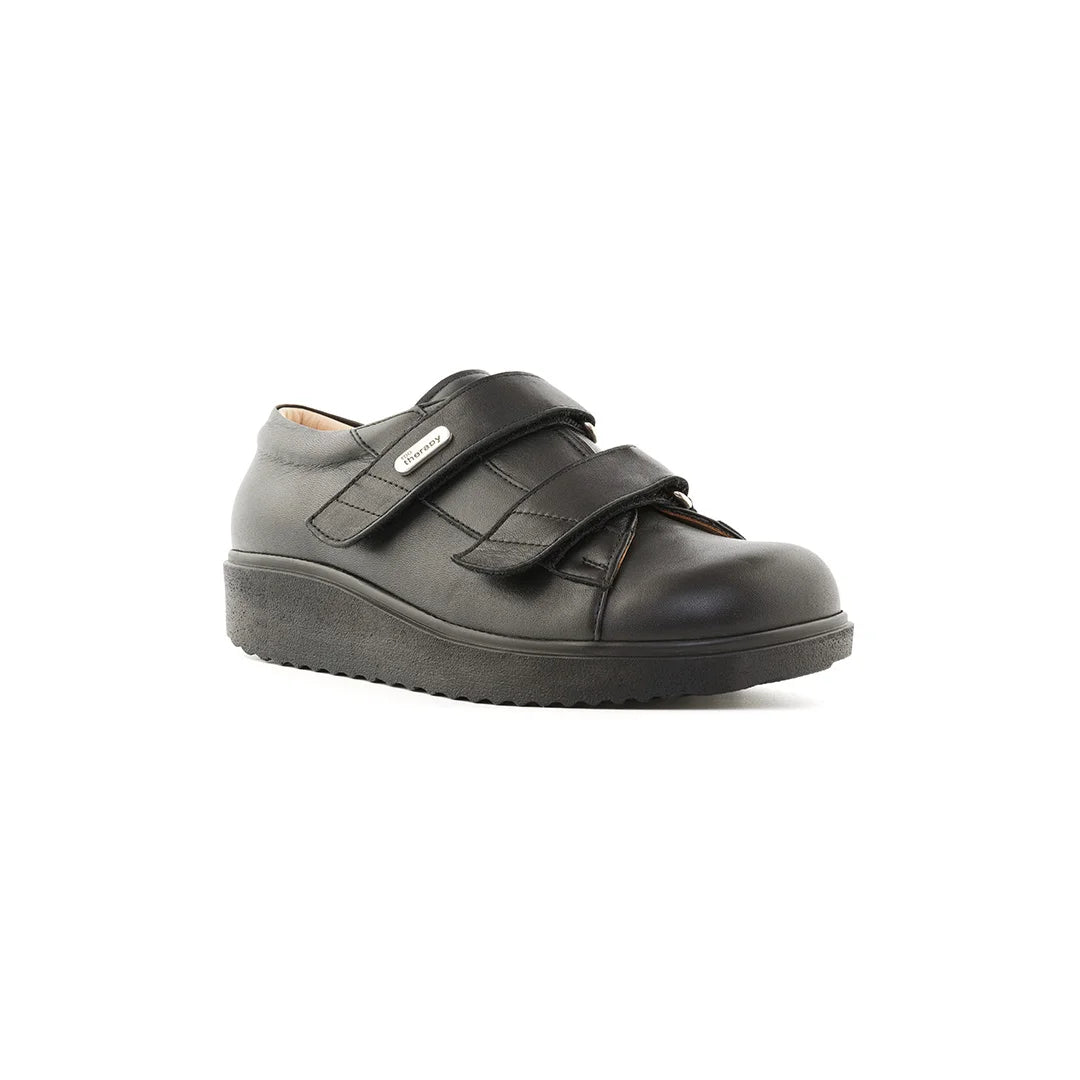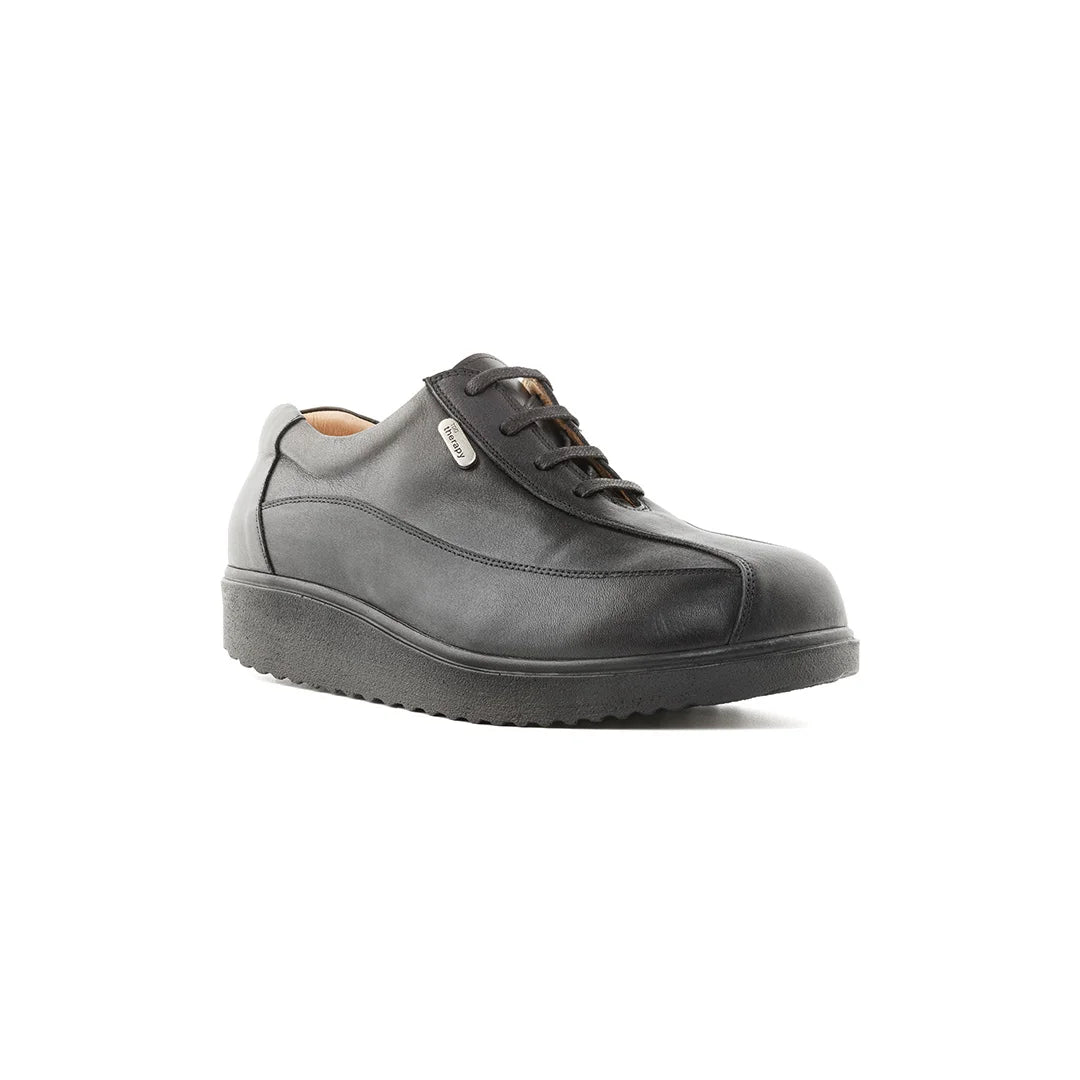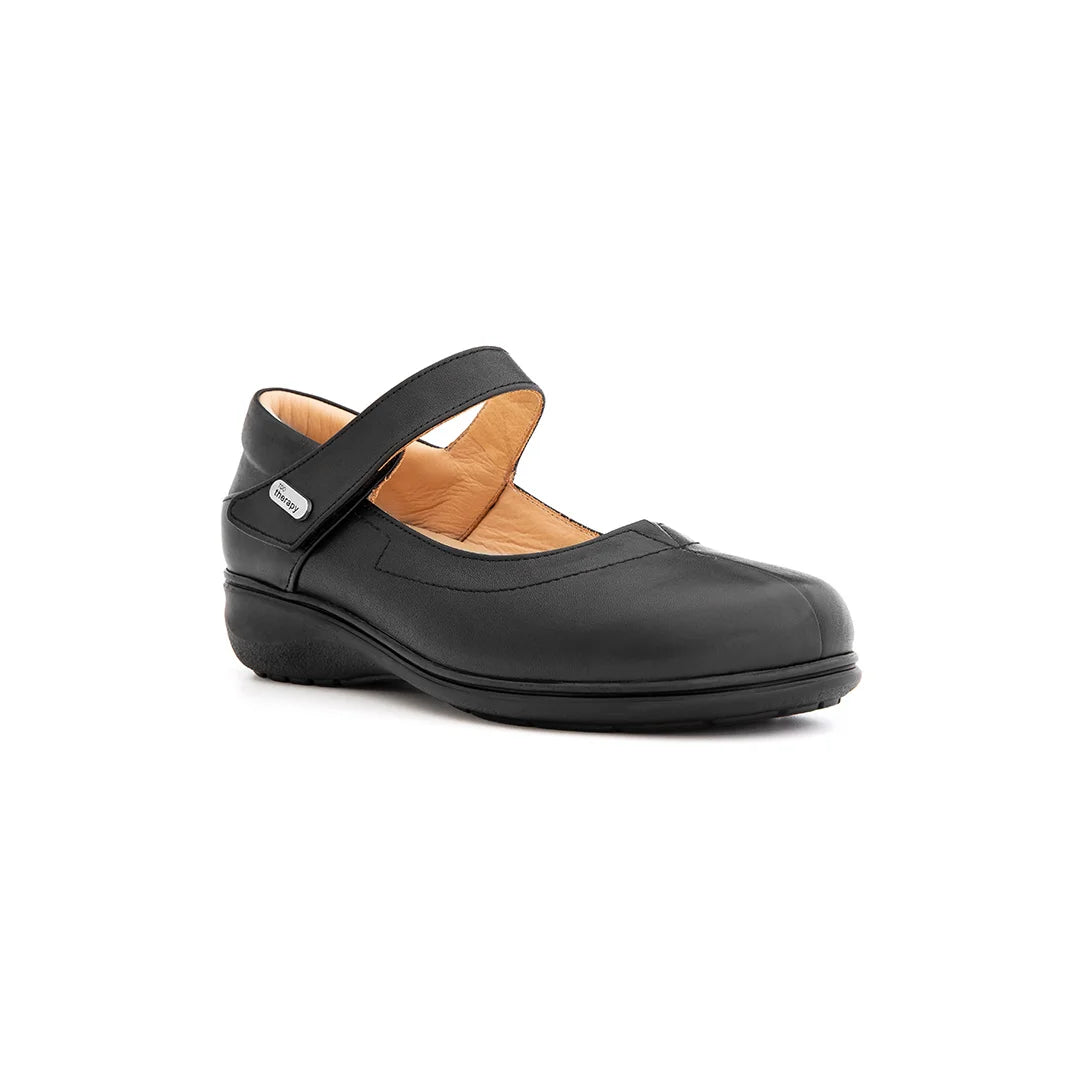Foot care is essential for people living with diabetes. What may seem like a minor issue — a small blister, tight-fitting shoe, or unnoticed rubbing — can lead to serious complications if left untreated. That’s why choosing the right footwear isn’t just about comfort, it’s about prevention. In this blog, we’ll explore why specialist diabetic shoes, like those from TDO Therapy, make a real difference in protecting sensitive feet and supporting long-term health.
Key Takeaways
-
Diabetes can reduce sensation and circulation in the feet, increasing the risk of injury.
-
Ill-fitting shoes are a leading cause of diabetic foot ulcers and infections.
-
Specialist diabetic shoes reduce friction, relieve pressure, and support stability.
-
TDO Therapy shoes meet medical-grade standards and offer extra depth, width, and soft materials to protect delicate feet.
-
The right shoes can prevent complications — and in many cases, prevent hospitalisation.
Why Diabetic Feet Need Special Attention
When blood sugar levels are consistently high, they can damage nerves (a condition called neuropathy) and blood vessels. This leads to:
-
Loss of sensation — making it hard to notice cuts, pressure, or temperature
-
Poor circulation — slowing healing and increasing infection risk
-
Structural changes — causing foot shape or gait alterations
These factors make the feet vulnerable. A simple blister or callus can turn into a non-healing ulcer, especially when made worse by shoes that are too tight, rigid, or unsupportive.
What Makes a Shoe "Diabetic-Friendly"?
Diabetic footwear isn’t about style — it’s about fit, protection, and function. Key features include:
✅ Seam-Free Interiors
Even small seams or stitching can rub on sensitive feet. TDO Therapy shoes are lined with soft materials and constructed to avoid internal friction.
✅ Extra Depth and Width
Diabetic feet may swell or change shape. Extra-depth designs accommodate orthotics, foot dressings, and changes in volume without pressure.
✅ Soft, Breathable Materials
Natural calf leather and padded linings allow the foot to breathe, reducing sweat and risk of fungal infections or skin breakdown.
✅ Rocker Bottom Soles
To reduce pressure on the forefoot (common with diabetic neuropathy), many TDO shoes feature rocker soles that ease walking and minimise impact on vulnerable areas.
✅ Stable Heel Counters and Slip Resistance
Good stability is essential to prevent falls, especially in people with balance issues. TDO soles are slip-resistant, and shoes offer good rearfoot control.
How TDO Therapy Footwear Supports Diabetic Foot Health
Our shoes are not just wide — they’re designed from the ground up for diabetic and orthopaedic needs. Here’s how:
-
No internal seams over pressure zones
-
Handcrafted soft leather uppers
-
Multiple width options for wide or swollen feet
-
Removable insoles to accommodate orthotics or dressings
-
Available in men's and women’s styles for everyday wear
Many customers tell us our shoes are the first they've found that are both protective and comfortable enough to wear all day.
What Can Happen Without Proper Footwear?
Unfortunately, diabetic foot complications are common — and avoidable in many cases. Here’s what poor footwear can lead to:
-
Pressure points → Corns and calluses → Ulcers
-
Rubbing or tightness → Blisters → Infection
-
Poor support → Balance issues → Falls or injuries
-
Non-healing wounds → Hospitalisation or worse
Once a wound occurs, healing is often slow. Proper shoes can prevent most of these issues before they begin.
When to Switch to Diabetic Footwear
If you or someone you care for has diabetes, it's worth considering specialist shoes if any of the following apply:
-
You’ve experienced numbness, tingling, or cold feet
-
You’ve had ulcers, infections, or foot surgery
-
Your podiatrist recommends extra protection or insoles
-
Your current shoes cause redness, pressure, or pain
-
You wear orthotics or your feet swell during the day
We recommend regular foot checks and speaking to your podiatrist if unsure. Most healthcare professionals agree: prevention is always better than treatment.
Comfort That Doesn’t Compromise on Style
At TDO Therapy, we believe medical-grade footwear doesn’t need to look clinical. Our shoes are:
-
Made with natural, breathable leather
-
Designed for real-world style and comfort
-
Available in classic colours and practical closures
-
Durable and suitable for everyday wear
Whether you’re managing diabetes, arthritis, or a combination of needs — our footwear is built to support you through every step.
Conclusion
For people living with diabetes, the right footwear can be life-changing. It’s not about overprotecting your feet — it’s about giving them the space, softness, and stability they need to stay healthy. At TDO Therapy, we take foot health seriously, offering shoes that meet the highest standards of care without sacrificing comfort or wearability.
Ready to protect your feet and walk more comfortably? Explore our diabetic-friendly footwear collection today.
Frequently Asked Questions
Do I need special shoes if I have diabetes but no symptoms?
Yes — prevention is key. Even without symptoms, diabetic foot complications can develop silently. Proper shoes reduce your risk.
How are diabetic shoes different from regular shoes?
They have no internal seams, extra depth, soft materials, and greater stability — all designed to protect vulnerable feet.
Can I use orthotics with diabetic shoes?
Yes. All TDO Therapy shoes have removable insoles to accommodate custom inserts or foot dressings.
Are diabetic shoes only available in certain styles?
Not at all — TDO offers various models, from casual to smart, in both men’s and women’s ranges.



